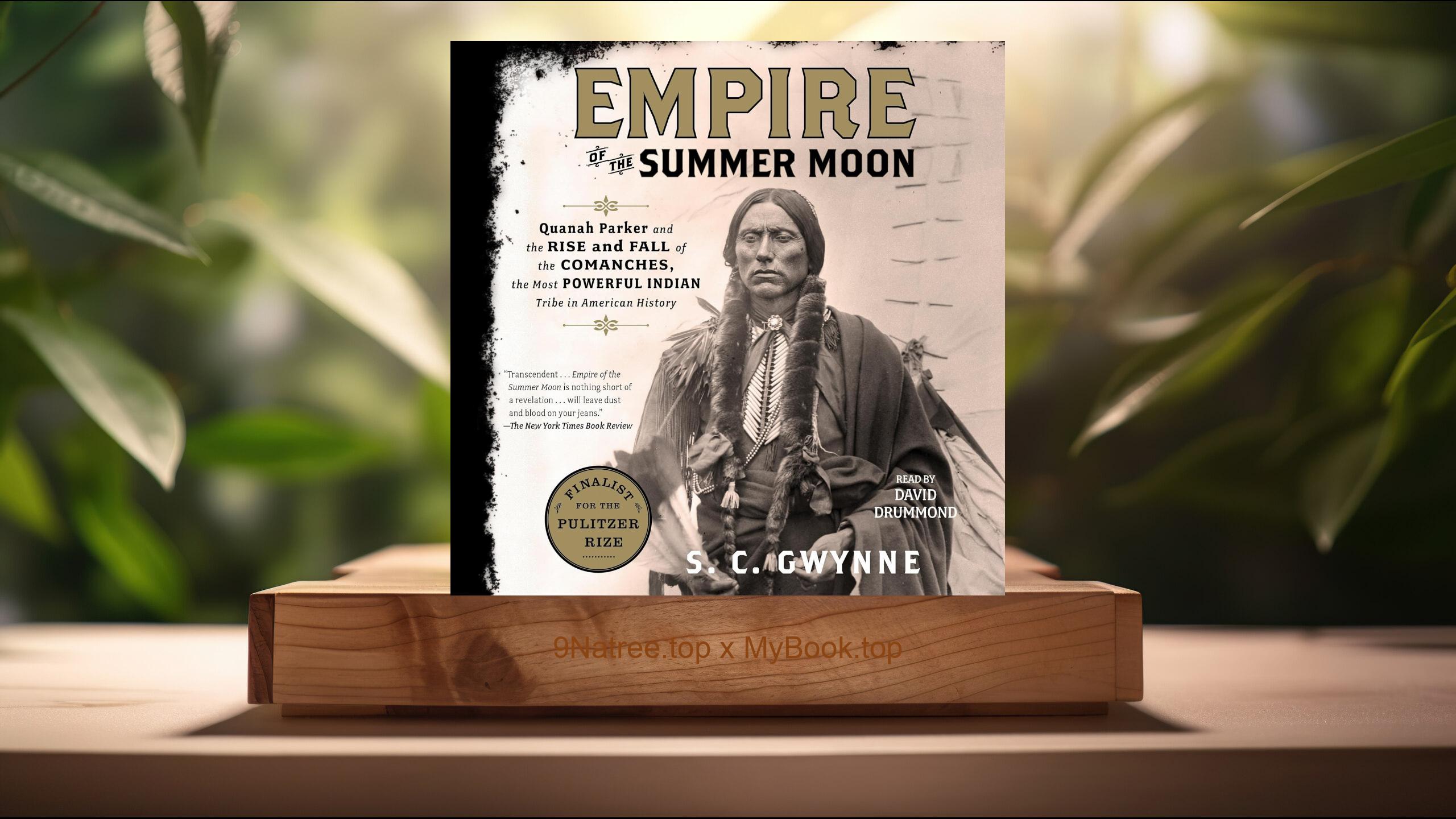Show Notes
- Amazon USA Store: https://www.amazon.com/dp/1250231329?tag=9natree-20
- Amazon Worldwide Store: https://global.buys.trade/The-British-Are-Coming-Rick-Atkinson.html
- Apple Books: https://books.apple.com/us/audiobook/the-forgotten-orphan/id1540041285?itsct=books_box_link&itscg=30200&ls=1&at=1001l3bAw&ct=9natree
- eBay: https://www.ebay.com/sch/i.html?_nkw=The+British+Are+Coming+Rick+Atkinson+&mkcid=1&mkrid=711-53200-19255-0&siteid=0&campid=5339060787&customid=9natree&toolid=10001&mkevt=1
- Read more: https://mybook.top/read/1250231329/
#AmericanRevolution #GeorgeWashington #BritishEmpire #RevolutionaryWarhistory #TrentonandPrinceton #LexingtonandConcord #RickAtkinson #militaryhistorynarrative #TheBritishAreComing
These are takeaways from this book.
Firstly, From Colonial Crisis to Open War, Atkinson begins by charting the transformation of colonial grievances into armed rebellion, tracing the tensions between Parliament and the colonies in the years leading up to 1775. He examines taxation disputes, imperial overreach, and the colonial insistence on rights as Englishmen, showing how pamphlets, protests, and political assemblies slowly hardened attitudes on both sides. The narrative moves swiftly from the simmering anger in Boston and other port cities to the fateful confrontations at Lexington and Concord, where local militiamen clashed with British regulars. Atkinson emphasizes how contingency, confusion, and miscalculation turned a series of provocative measures and clumsy responses into a shooting war. He highlights the role of communication delays, misunderstandings of colonial resolve by British policymakers, and the growing confidence among American radicals who saw that armed resistance was possible. By the time the Continental Congress convenes and George Washington is appointed commander in chief, readers grasp how quickly and irreversibly the empire and its colonies slid from negotiation to revolution.
Secondly, George Washington’s Leadership and Evolution, One of the central threads in The British Are Coming is George Washington’s emergence from a regional Virginia figure into a national military leader. Atkinson portrays Washington not as a marble hero but as a complex, often uncertain commander learning on the job. He explores Washington’s early challenges: forging a Continental Army from disparate colonial militias, enforcing discipline among volunteers unused to strict military order, and grappling with chronic shortages of gunpowder, uniforms, and food. The book details Washington’s early missteps and strategic hesitations, including difficulties in Boston and the catastrophic New York campaign, where British forces nearly annihilated the Continental Army. Yet Atkinson also shows Washington’s growth: his capacity for resilience, his insistence on honor and duty, and his willingness to adapt tactics in the face of a superior enemy. The winter crossing of the Delaware and the surprise attacks on Trenton and Princeton reveal Washington as a bolder strategist, capable of calculated risk and inspirational leadership. This evolution is central to understanding how a fragile rebellion survived its darkest hours.
Thirdly, The British War Machine and Imperial Perspective, Atkinson devotes substantial attention to the British side of the conflict, making clear that the war was never a one-dimensional story of American heroism. He reconstructs debates in the British cabinet, the frustrations of King George III, and the strategic assumptions that guided imperial policy. The British commanders in America, including William Howe, Henry Clinton, and John Burgoyne, appear not as caricatured villains but as capable, often courageous professionals struggling with unclear objectives, vast distances, and contradictory orders. Atkinson describes the formidable power of the British military: disciplined redcoats, a dominant navy, and hired German auxiliaries, all supported by the world’s most sophisticated logistics system of the era. Yet he also exposes the weaknesses within that system: underestimation of American resolve, divided leadership, corruption in supply contracts, and the difficulty of projecting power across the Atlantic. By entering British minds and war rooms, the book helps readers understand why Britain failed to crush the rebellion in its early years, despite vast material advantages and a seemingly disorganized opponent.
Fourthly, Campaigns from Boston to New York, Trenton, and Princeton, The military narrative of 1775–1777 provides the backbone of the book, and Atkinson narrates the major campaigns with gripping detail. After covering the siege of Boston and the bloody cost of Bunker Hill, he follows the shifting fronts as the British evacuate Boston, regroup, and launch a massive invasion of New York. The New York campaign becomes a study in American vulnerability: bold British amphibious operations, devastating defeats for Washington’s army, and a chaotic retreat through Manhattan and across New Jersey. Atkinson highlights the desperate morale, desertions, and logistical failures dogging the Continental Army. Yet this very low point sets the stage for the audacious Delaware River crossing and the surprise assault on Hessian forces at Trenton, followed soon after by the striking victory at Princeton. These battles, though small in scale, have outsized psychological and political effects. Atkinson shows how they revived American confidence, convinced foreign observers that the rebellion had staying power, and kept the cause of independence alive during a winter that might easily have ended the revolution.
Lastly, The Human Cost of War and the Birth of a Nation, Beyond generals and grand strategy, The British Are Coming dwells on the ordinary people whose lives were transformed or destroyed by the war. Atkinson draws on letters, diaries, and official records to show the experiences of farmers turned soldiers, camp followers, Native American communities, enslaved people seeking freedom, and civilians caught in the path of marching armies. He depicts disease, hunger, exposure, and battlefield wounds in unflinching detail, reminding readers that the American Revolution was not only an ideological struggle but also a brutal, often chaotic conflict. The suffering in prisoner-of-war ships, the harsh winters, and the destruction of towns underscore the high price of independence. At the same time, Atkinson connects these sacrifices to the emerging sense of American identity: a loose collection of colonies beginning to see themselves as a single people facing a common fate. By emphasizing the human dimension, the book shows that the United States was born not just from declarations and debates, but from endurance, loss, and the fragile hope that a new kind of republic could emerge from the crucible of war.
![[Review] The British Are Coming (Rick Atkinson) Summarized](https://episodes.castos.com/660078c6833215-59505987/images/2233706/c1a-085k3-25mqx1vru8zw-t5ihml.jpg)




